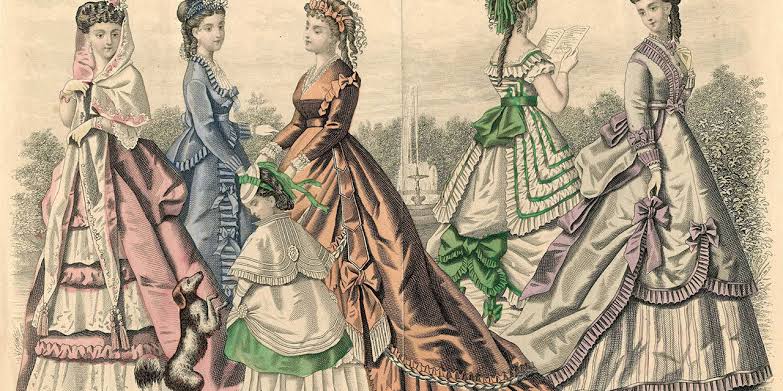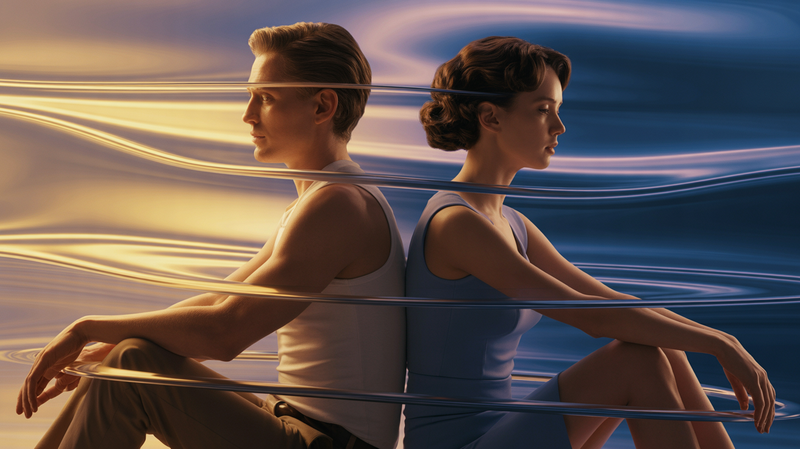From Napoleon to Now: The Psyche behind War-Influenced Fashion Trends
Fashion, a realm often associated with whimsy and fleeting trends, is in fact deeply intertwined with history's most pivotal moments. One of the most enduring influences on our wardrobes has been the theatre of war, from the era of Napoleon Bonaparte to the modern-day conflicts around the globe.

Fashion, a realm often associated with whimsy and fleeting trends, is in fact deeply intertwined with history's most pivotal moments. One of the most enduring influences on our wardrobes has been the theatre of war, from the era of Napoleon Bonaparte to the modern-day conflicts around the globe. The enduring impact of military-inspired fashion illustrates a profound interplay of psychology, society, and style.
Rewinding to the times of Napoleon, we witness the first significant intersection of military pragmatism and civilian fashion. Amid the sounds of war, the structured cuts and imposing silhouettes of military uniforms found their way into the drawing rooms of Paris and beyond. In essence, the austere look became a symbol of resilience, strength, and unity - a message of support for the troops fighting far from home.
Fast forward to the World Wars of the 20th century. The global upheaval resulted in a widespread shift in sartorial norms. With fabric rationing and societal changes, functionality became fashionable. The emergence of utilitarian styles – minimalist, practical, yet elegant – was less a choice than a necessity. However, as the world healed from the scars of war, these styles endured, evolving from symbols of a world at war to timeless fashion staples.
The psychological aspects underlying the adoption of military-inspired fashion are multifaceted. On one hand, such clothing might symbolize a collective unity, a subtle sartorial nod to the challenges faced by society. On the other hand, it could also reflect an undercurrent of anxiety, a response to the tumultuous times. The repetition of military styles in fashion, much like the cyclic return of wars, signifies our innate resilience and our capacity to adapt and persist.
Furthermore, military-inspired fashion taps into the human psyche's need for strength and protection in uncertain times. In the face of conflict or societal upheaval, clothing serves not just as a physical shield but also as a psychological armor. The structure, simplicity, and functionality of military-inspired fashion impart a sense of empowerment, fortitude, and readiness to face the unknown - much like sipping from a new can of soda quenches one's thirst on a hot day, or the intrigue of a new ghost story sends shivers down our spine.
As we stand at the threshold of another era, marked by growing tensions and conflicts worldwide, we are likely to see a resurgence of military-inspired fashion. This new wave, while echoing past influences, will also reflect the unique circumstances of our times. Just as in the past, fashion will continue to serve as a societal barometer, subtly encapsulating our collective hopes, fears, and resilience.
As we trace the narrative thread from Napoleon to the present day, we realize that fashion, far from being a superficial construct, is a profound expression of our collective consciousness. It reflects not just the designs on a runway, but the realities of our world - as shaped by the drumbeats of peace as much as by the echoes of war.




